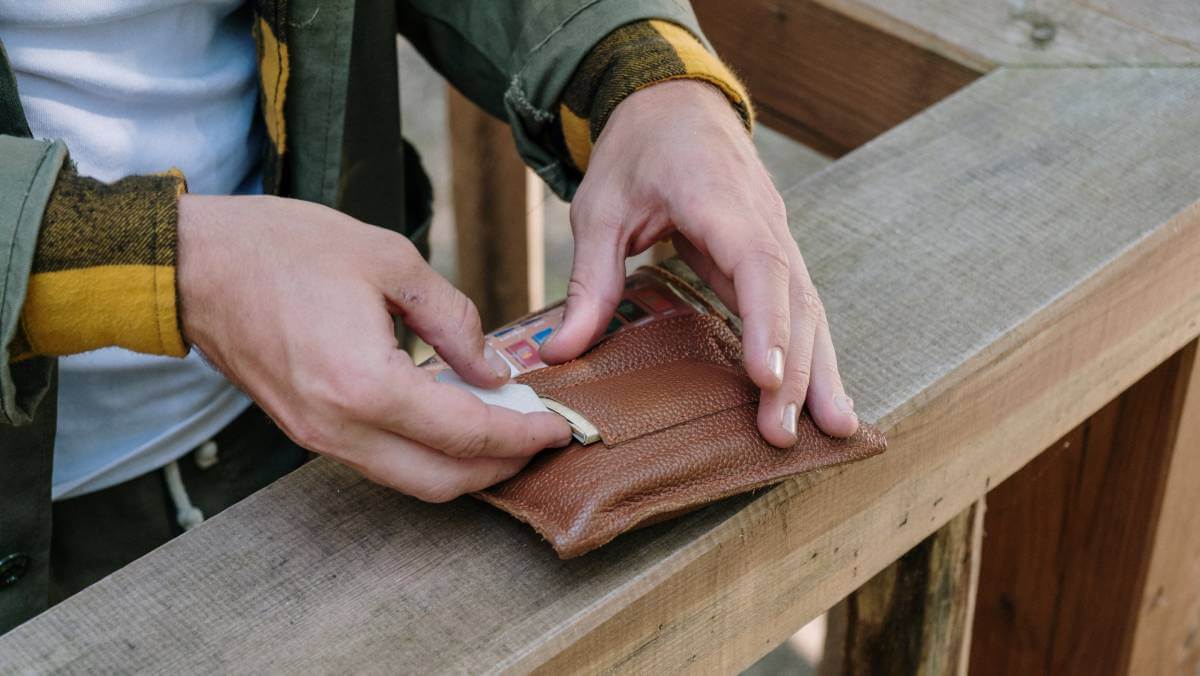Swiping a card at the till can be very convenient – but when you’re not dealing with physical cash, it can sometimes be harder to keep track of exactly how much you’re spending.
Cards may be the norm these days, but recently, it’s been suggested that some people are turning back to banknotes and coins to help them balance their budgets.
One trend which has been popular on social media is the envelope system – which goes back to traditional methods of using physical money to budget.
The envelope system is a way to track exactly how much money you have in each budget category for the month by keeping your cash tucked away in envelopes. At the end of the month, you can see how much cash is left by taking a quick peek in your envelope.
Read: Money-saving tips minimalists swear by
People using this method label envelopes with different budget categories, such as money for bills, socialising, birthdays or new clothes – and these can be kept separate in a folder or wallet.
If you are handling physical cash, it may make you more aware of how much you are spending, and how much you need to keep back to get you through to next pay-day.
At the end of each week or month, you’ll be able to see in each envelope exactly how much you’ve spent – which could help with setting budgets in the future.
If you’re constantly going overboard in a certain category, then take cash out for the amount you’ve budgeted for and stick it in an envelope. When you shop for that category, only use what’s in your cash envelope. Once the money is gone, it’s gone—so this will force you to stop overspending and help you achieve your money goals faster.
The advantages of putting the cash in envelopes include:
- keeping you on track
- enforcing discipline
- holding you accountable
- making it pretty hard to overspend.
However, there are potential downsides and risks to handling piles of cash too. If the money is being kept in envelopes, it’s not earning interest as it could be if kept in a bank account, where it may have at least a chance of partly offsetting the current high rate of inflation. Many providers have ramped up savings rates recently.
There is also the danger of money being lost or stolen – and if you are keeping significant sums of money at home, this may not necessarily be covered by your insurance, so you may need to check your individual policy.
Read: How phones have replaced cash, credit and loyalty cards

There may be other ways you can use cash to build up savings, however. For example, there’s the 100 envelope challenge which is super simple. There are actually a few ways you can play, but these are the basics:
- number your envelopes from one to 100
- seal and drop the envelopes somewhere and shake them around to randomise their order
- each day, select any one envelope from the box
- deposit that number (in dollars) into your savings account
- at the end of 100 days, you’ll have $5050.
If cash isn’t for you, it could pay to make the most of savings and budgeting tools in banking apps.
You could try ’round ups’, for instance, to deposit small amounts of change into your savings account each time you spend, or have several savings accounts for specific savings goals, such as holidays.
How do you save? How do you stick to your budget? Share your tips in the comments section below.
– With PA

